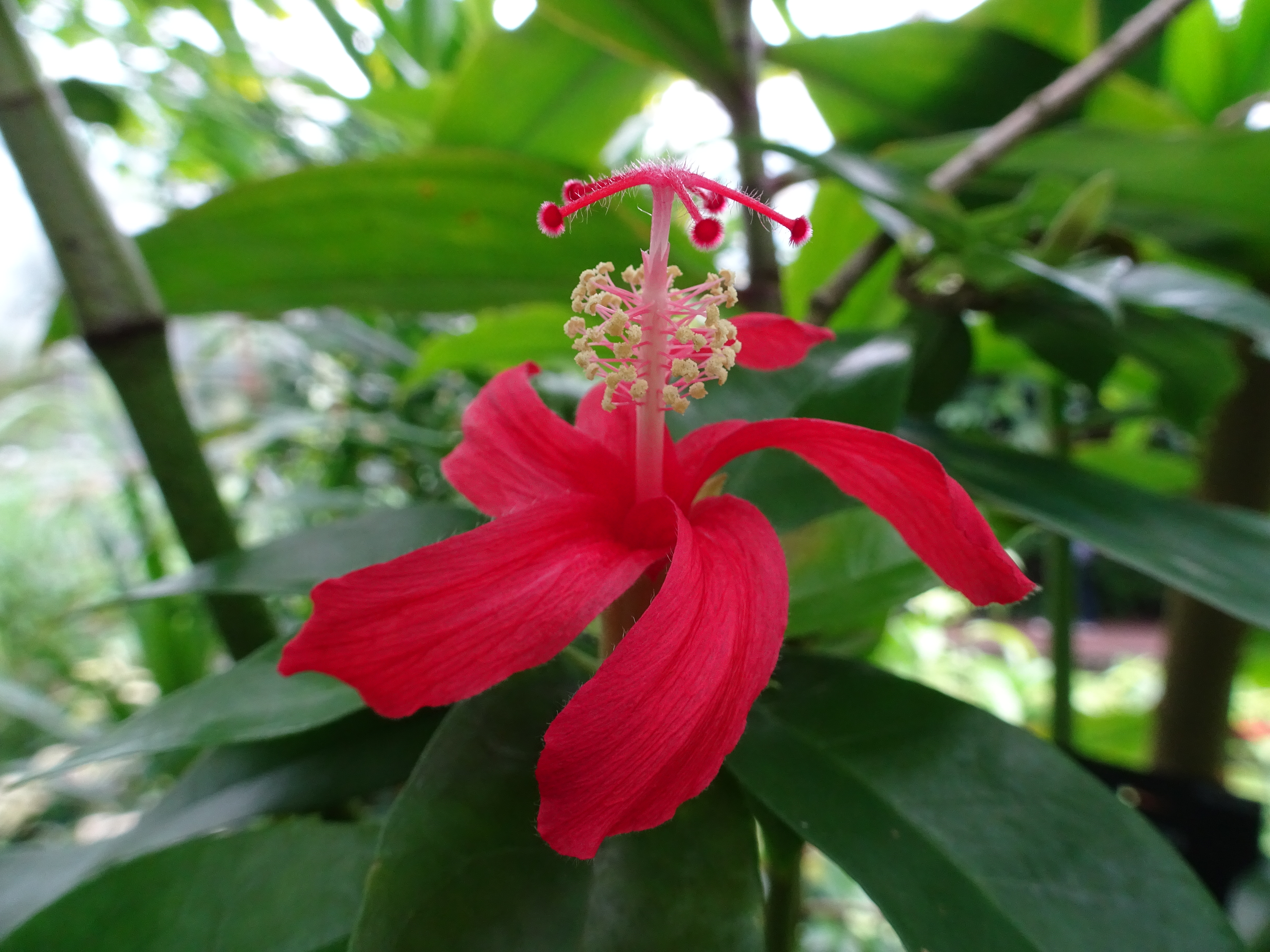 Threatened plants of the world
Threatened plants of the world
Red List status: CRITICALLY ENDANGERED
Ah, the Hawaiian Islands. Volcanic islands with steeple-like mountains clothed in rich green vegetation ringed with beautiful beaches, sounds like paradise doesn’t it? Studding the heart of the vast Pacific Ocean this chain of islands is among the most remote in the world. When the islands first emerged out of sea they were naked and devoid of life. All the plants and animals had to come by wind, wing, or water on a very long and treacherous journey. Thanks to the islands’ isolation the lucky plants and animals were able to evolve and have diversified to take advantage of the many different opportunities available. This evolutionary radiation is reflected by the fact that nearly 90% of the native plants and animals are found nowhere else on Earth! The Hawaiian Islands are truly a crucible of evolution to rival the Galapagos Islands made famous by Charles Darwin.
One of the rarest Hawaiian plants is Hibiscus clayi. This tall shrub is only found wild on the island of Kaua’I where it calls the dry forests of the Nounou Mountains home. The small, yet showy red flowers last only a single day and are pollinated by nectar seeking birds, butterflies, and bees.
When humans first reached the islands they changed the landscape forever. Newly introduced plants and animals, and the clearing of land altered the original ecosystem. Unable to cope with habitat disturbance and competition with introduced plants and animals, sadly many unique Hawaiian species have since gone extinct. Hibiscus clayi could be one of them.
In 1928 it was noticed that introduced cattle were quickly destroying the hibiscus’ natural habitat. The cattle were removed, but the damage had already been done. In 1998 only four plants survived in the wild, but since then not much regeneration has happened despite replanting efforts.
The pressures on many unique Hawaiian species is reflected by the fact that over 25% of the species found on the United States endangered species list are from Hawaii. A glimmer of hope still remains as many botanic gardens, the local government, and researchers are working hard to conserve and protect the incredible biological diversity of these islands.

Jackie Isard
Hello, may we use your Hibiscus clayi image in an online Botanical society magazine? It’s to go with a short article by Paula de la cruz on rare Hawaiian hibiscus species. It is not printed publically, only to members of the society. Much appreciated, Jackie Isard http://www.soc-botanical-artists.org